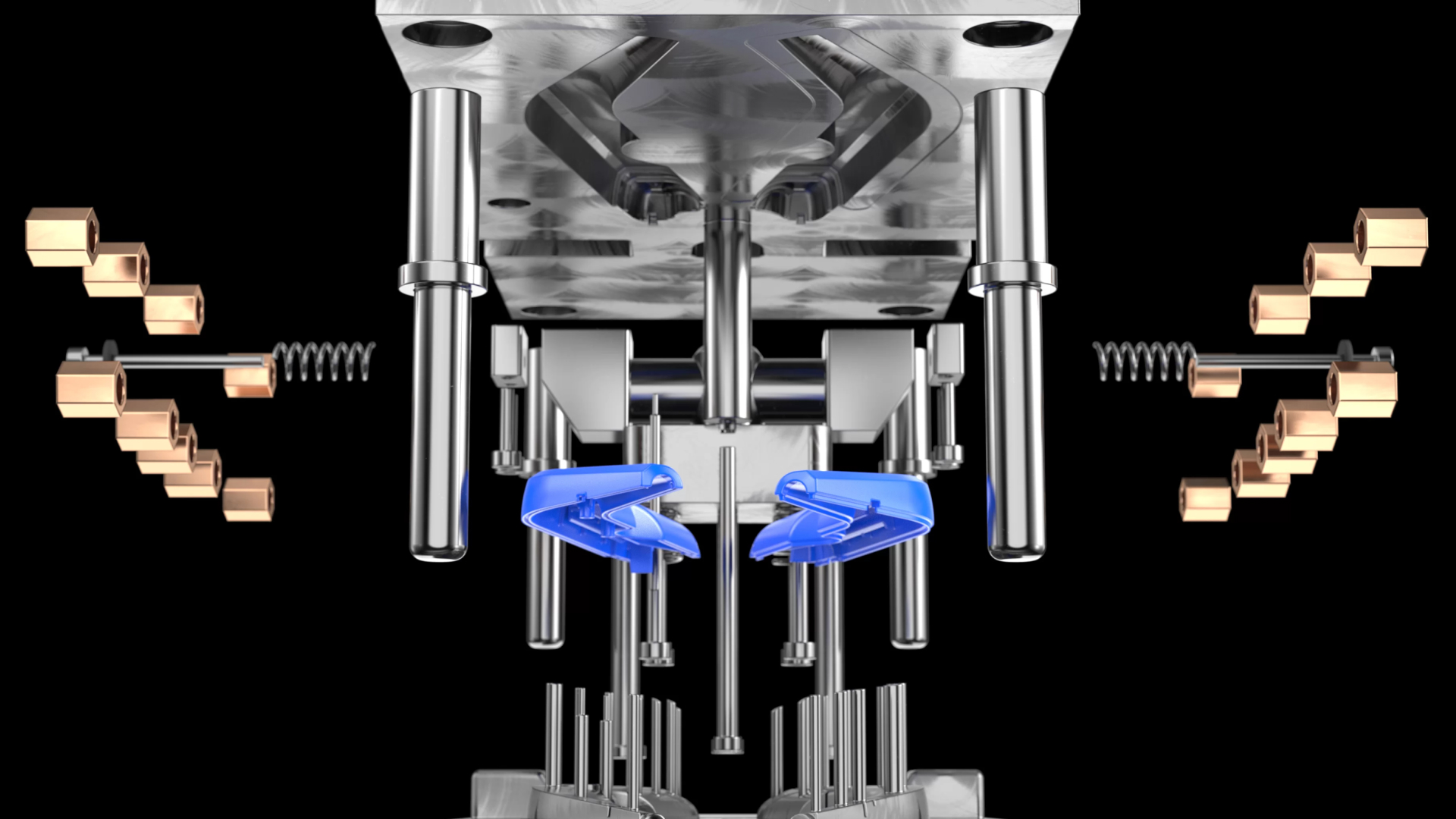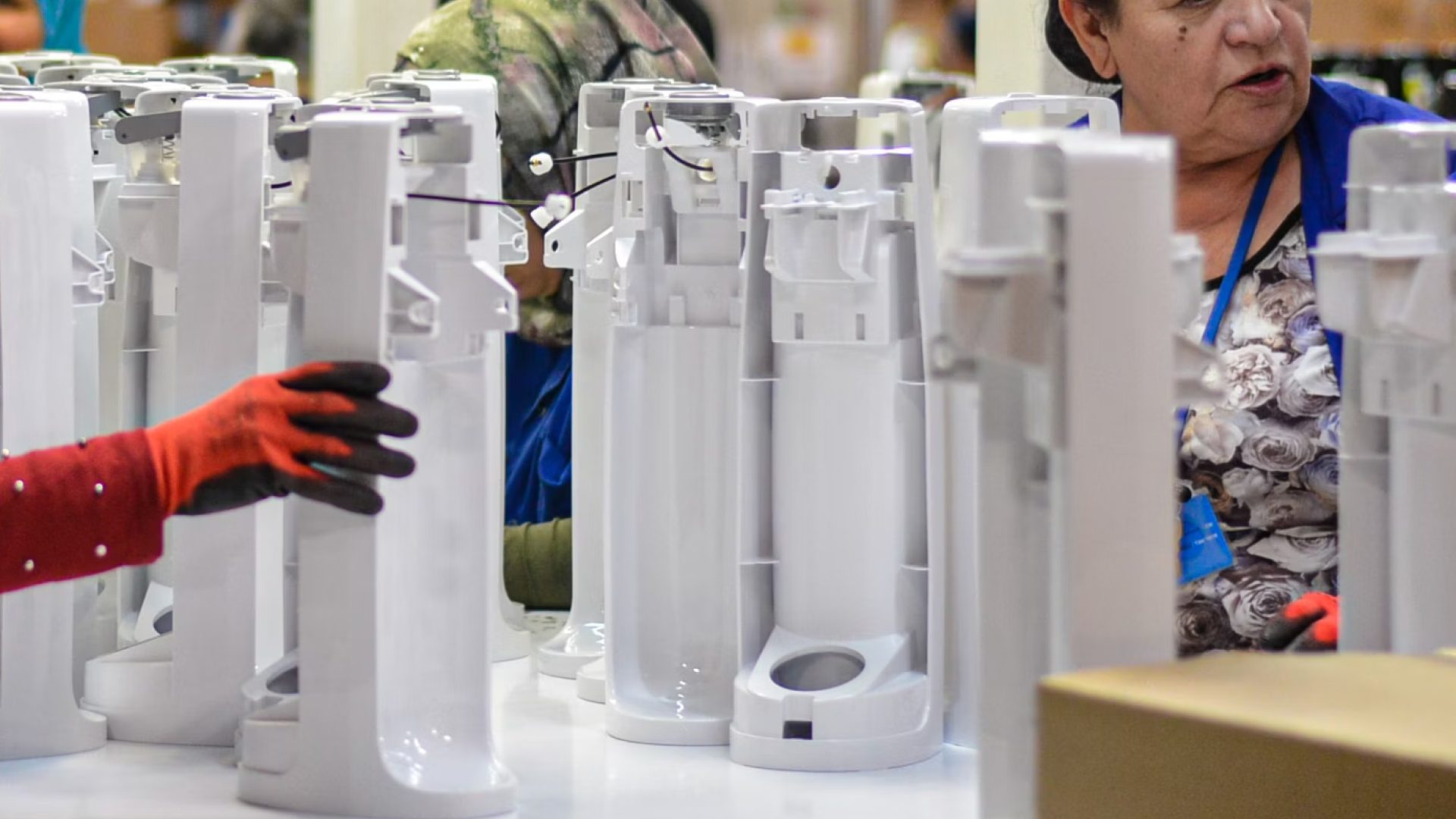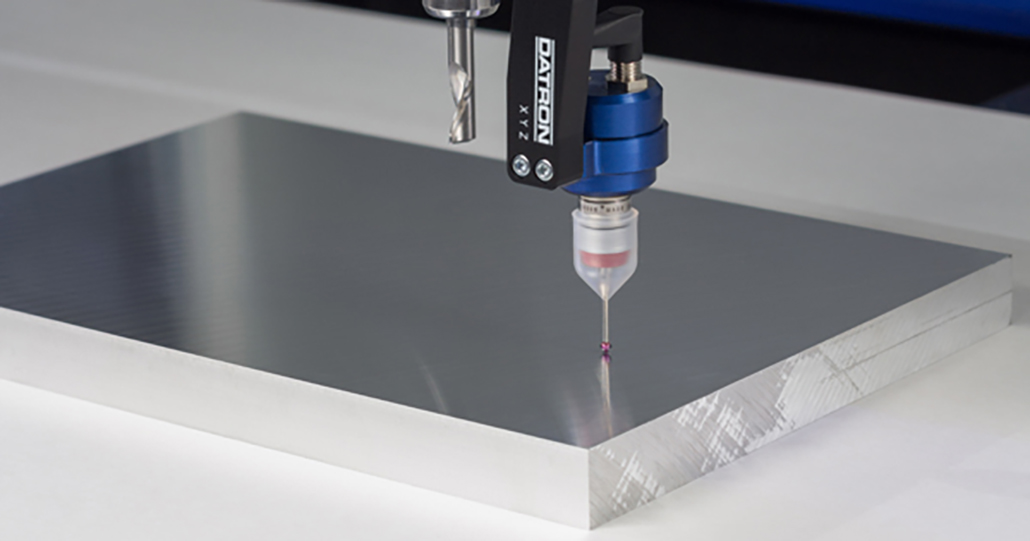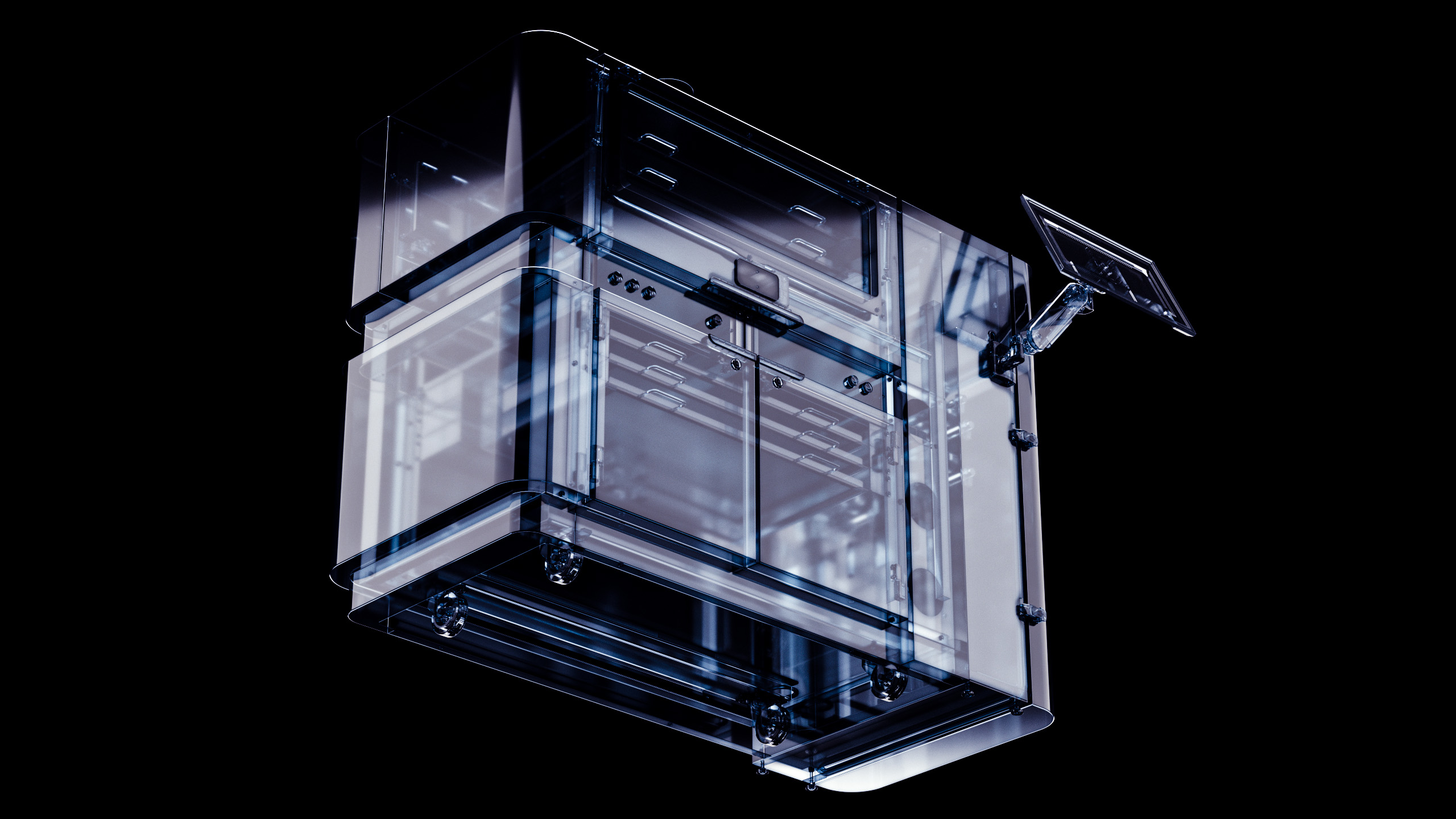What is Design for Manufacture: Key Principles and Benefits Explained

Design for Manufacture (DFM) optimises product designs for easier and cost-effective manufacturing. It aims to simplify production, reduce costs, and enhance quality. This article will cover what is design for manufacture, its key principles, benefits, and practical steps for implementation.
Table of Contents
Key Takeaways
- Design for Manufacture (DFM) enhances product manufacturability and reduces costs by simplifying designs and optimising material selection.
- Key DFM principles include simplicity in design, proper material selection, effective manufacturing processes, tolerance management, and environmental considerations.
- Implementing DFM leads to significant benefits such as cost reduction, improved product quality, and shorter time to market through early integration and cross-functional collaboration.
Understanding Design for Manufacture (DFM)

Design for Manufacture (DFM) is a pivotal aspect of the design process aimed at enhancing manufacturability while reducing manufacturing costs. Its primary objective is to streamline the number of manufacturing operations required to produce a product, thereby meeting functional requirements more efficiently. This approach not only decreases cost and complexity but also ensures excellent product design, making it a cornerstone of modern manufacturing practices.
The significance of DFM in the manufacturing industry cannot be overstated. It aligns design with manufacturing for greater efficiency, addressing the challenges posed by complex supply chains and high standards. Integrating DFM principles enhances both design and production processes, ultimately leading to cost-effective and high-quality products.
Key Principles of DFM
The principles of DFM provide a structured approach to optimise product design, aiming to enhance manufacturability and reduce costs.
These key principles include:
- Simplicity in design
- Material selection
- Manufacturing processes
- Tolerance management
- Environmental considerations
Each of these principles plays a crucial role in ensuring that the product is not only functional but also cost-effective to produce.
Each of these principles significantly impacts the DFM process.
Simplicity in Design
Simplicity in design is a fundamental principle of DFM, as it directly reduces production costs and simplifies the manufacturing process. Complex designs often lead to increased production times and higher costs due to additional material and labor requirements. Minimising part count in product design can significantly lower costs by reducing material, engineering, production, labor, and shipping expenses.
Effective design should encompass essential details, such as thicknesses, specifications for tolerance, texture, and consistency, to adhere to good manufacturing principles. Utilising DFM techniques optimises factors like product dimensions, weight, tooling costs, and overheads, further supporting the goal of simplicity.
For instance, designs that avoid varying wall thicknesses can help prevent manufacturing difficulties, promoting smoother and more cost-effective production processes.
Material Selection
Choosing the appropriate materials early in the design process is crucial for controlling costs and ensuring product quality. The right material selection impacts cost, quality, and manufacturability, making it a vital aspect of the DFM process. Material selection should consider both functional requirements and manufacturing capabilities to achieve an optimal balance.
Factors that guide engineers in selecting the right material include strength, thermal/electrical resistance, surface finish, flammability, machinability, and opacity. For example, aluminum, brass, and softer metals are typically easier to machine, which can reduce manufacturing costs. Additionally, additive manufacturing broadens optimisation options, allowing for potential material savings and innovative design possibilities.
Manufacturing Processes

Choosing the right manufacturing process and manufacturing methods is essential to align with the product’s design and production volume. Factors to consider when choosing a manufacturing process include the quantity of parts, material, surface complexity, required tolerances, and secondary processes. Optimising these factors ensures effective production runs and minimises errors.
DFM practices streamline the assembly process by focusing on reducing handling time and optimising part orientation. Efficient part joining techniques, such as interlocking or clipping, can minimise the reliance on screws or adhesives, further reducing manufacturing costs.
Additionally, higher part volumes can minimise production costs by amortising set-up and programming time, making the overall process more low cost and cost-effective.
Tolerance Management
Tolerance management in manufacturing refers to the amount a specific dimension is allowed to vary. Maintaining appropriate tolerances is critical, as overly tight tolerances can lead to increased manufacturing costs and defects.
Designers should aim to set the loosest tolerances possible while still meeting functional requirements to avoid manufacturing difficulties and higher costs. This approach ensures that components fit together correctly without incurring unnecessary expenses.
Environmental Considerations
Environmental considerations are an integral part of the DFM process. Evaluating the environmental conditions the product will face ensures its functionality under normal operating conditions. Factors such as rain, snow, wind, salt, moisture, and abrasives should be assessed to design products that can withstand their intended environments.
This is particularly crucial in industries like industrial, military, and defense, where products must perform reliably in harsh conditions.
Benefits of Implementing DFM

Implementing Design for Manufacturing (DFM) offers numerous benefits, including significant cost savings, improved product quality, and shorter time to market. By aligning design with manufacturing capabilities and requirements, companies can enhance efficiency and reduce defects, leading to better-performing products.
Let’s explore these key benefits in more detail.
Cost Reduction
Design for Manufacturability (DFM) leads to significant cost savings, as over 70% of product costs are determined during the design stage. Maintaining simple designs helps avoid the use of expensive materials and minimises the need for highly skilled labor, thus reducing production costs. Additionally, designing products with fewer parts can significantly lower overall manufacturing costs by reducing material and labor requirements.
Cost-effective operations improve profitability for manufacturing companies and can enable them to pass savings on to customers. By optimising design choices through DFM, companies can achieve lower costs and enhance their competitive advantage in the market.
Improved Product Quality
Aligning design with manufacturing capabilities enhances product reliability and overall quality. For instance, utilising DFM in automotive manufacturing often leads to improved material combinations that enhance part durability. In electronics, DFM aims to minimise complexity during assembly, leading to lower costs and improved reliability.
Tolerance management is vital to ensure that parts fit together correctly without incurring unnecessary manufacturing costs. Prototyping enables the practical testing of designs, ensuring they can be manufactured efficiently while identifying potential issues early.
This process helps create tangible models for testing, revealing flaws and informing necessary design modifications before full-scale production.
Shorter Time to Market

Complex manufacturing processes result in long production times and costly delays. DFM helps shorten product development cycles by identifying and eliminating design flaws, which avoids redesign costs and simplifies processes. Addressing design and manufacturing issues early improves time-to-market by reducing issues during the manufacturing phase.
In the automotive sector, DFM helps identify potential design issues early, minimising costs associated with late-stage changes. The ultimate goal of DFM is to achieve a smoother manufacturing process with minimised complexity, leading to quicker product launches.
DFM in Different Industries
Different industries and product types can lead to variations in DFM principles. Let’s explore how DFM is applied in medical devices, automotive components, and electronics assembly to address unique manufacturing challenges and requirements.
Medical Devices
DFM helps streamline the design process for high-quality medical devices. It ensures compliance with safety standards as well. In the medical device industry, DFM practices ensure products meet rigorous hygiene and safety standards, emphasising compliance with health regulations and sterile manufacturing processes. Prototyping should ensure compliance with relevant industry or company standards to facilitate manufacturability.
Products designed for harsh environments must meet specific performance criteria to ensure reliability. DFM practices help design medical devices that can withstand challenging conditions, ensuring they perform effectively in their intended applications.
Automotive Components
Common DFM practices in the automotive sector include utilising easy access components to streamline assembly and using standardised fasteners for consistency. These practices aim to ensure cost-effectiveness and reliability in production, addressing the unique manufacturing requirements of automotive components.
Standard components and easy access designs help reduce assembly time and costs while improving overall efficiency. Focusing on standardised and multifunctional parts in the automotive industry achieves consistent quality and performance.
Electronics Assembly
Automation in manufacturing processes improves efficiency, decreases labor costs, and enhances quality in electronics assembly. For instance, using IPC-based designs helps ensure reliability by maintaining consistent footprint geometry for components, preventing issues like poor soldering. Achieving uniform connection for small SMD components is crucial to prevent tomb stoning during the soldering process.
Maintaining even copper distribution across layers is essential for reliable PCB performance. Adhering to DFM principles streamlines assembly steps and improves the overall manufacturability of printed circuit boards (PCBs).
Automotive Components
Common DFM practices in the automotive sector include utilising easy access components to streamline assembly and using standardised fasteners for consistency. These practices aim to ensure cost-effectiveness and reliability in production, addressing the unique manufacturing requirements of automotive components.
Standard components and easy access designs help reduce assembly time and costs while improving overall efficiency. Focusing on standardised and multifunctional parts in the automotive industry achieves consistent quality and performance.
Practical Steps to Implement DFM
Successful DFM implementation involves early integration in the design phase, cross-functional collaboration, and continuous review and iteration. These steps ensure that DFM principles are effectively incorporated into the product development cycle, leading to optimised designs and manufacturing processes.
Early Integration in Design Phase
DFM should be implemented during the early conceptual design stage and throughout detailed engineering to effectively address manufacturability. Integrating DFM early in the design process reduces the need for costly redesigns and allows for quick design modifications at a lower cost, significantly reducing the risk of expensive later changes. Advanced simulation software allows designers to visualise potential manufacturing issues and optimise designs before production starts, helping to identify challenges and test assumptions effectively.
Considering manufacturability from the initial design stage ensures that products are optimised for efficient manufacturing, reducing costs and enhancing production effectiveness. Early integration of DFM principles streamlines product development cycles and achieves better results.
Cross-Functional Collaboration
Effective DFM practices necessitate collaboration among all stakeholders, including engineers and manufacturing specialists. Successful DFM implementation relies on the collaboration of various expertise to enhance product function and manufacturability. Leveraging diverse skills and knowledge in cross-functional teams helps identify potential design and manufacturing issues early, optimising products for functionality and production efficiency.
Continuous Review and Iteration
Conducting thorough manufacturability evaluations early in the design phase is crucial for identifying potential obstacles and guiding necessary adjustments. Regular design assessments during the DFM process help to pinpoint manufacturing challenges, allowing for timely modifications that enhance production efficiency and product quality.
Specialised DFM software aids in refining product designs by assessing manufacturability and identifying areas for cost reduction. This software can analyse designs against manufacturing capabilities, helping to identify inefficiencies and optimise production processes.
By continuously reviewing and iterating on designs, companies can ensure that their products meet quality control manufacturing requirements and are ready for mass production, which is essential for manufacturing engineers.
Tools and Techniques for DFM

Various tools and techniques are essential in facilitating Design for Manufacturing (DFM), enabling designers to enhance manufacturability. These tools include simulation tools, prototyping, and DFM software, each playing a critical role in optimising designs for efficient production.
Utilising DFM guidelines helps identify and mitigate potential design issues by adhering to established best practices.
Simulation Tools
Simulation tools are essential in DFM for assessing product feasibility and optimising manufacturing processes through virtual testing. Tools like Altair Inspire allow designers to validate their products early in the manufacturing workflow, improving efficiency and reducing costs. Advanced simulation technologies can help identify potential manufacturing defects, enhancing design decisions before production.
Simulation software can facilitate various manufacturing processes, including injection moulding, casting, and metal forming, by providing real-time feedback. The use of simulation tools supports quick assessments of manufacturing feasibility, allowing for iterative design improvements that enhance product quality and manufacturability.
Prototyping
The goal of prototyping in DFM is to validate function and performance. Prototyping is an essential part of the Design for Manufacture (DFM) process, allowing designers to create preliminary versions of their products. This process refines designs by identifying potential issues and allowing for modifications before final production, ensuring products are well-designed and ready for mass production.
Prototyping helps create tangible models for testing, revealing flaws and informing necessary design modifications before full-scale production. Validating designs through prototypes ensures products meet manufacturing requirements and are optimised for efficient production.
DFM Software
DFM software plays a critical role in optimising designs for manufacturability, ensuring that products meet production requirements effectively. Key features of DFM software include advanced simulation capabilities, real-time collaboration tools, and automatic design rule checks.
Utilising DFM software results in shorter development cycles and reduced production costs due to early identification of design issues and improved communication among team members. Integrating DFM software into the design process enhances product development cycles and achieves better manufacturing outcomes.
Common Challenges in DFM and How to Overcome Them
It is crucial to challenge original designs in DFM to avoid repeating mistakes from previous designs. When DFM principles are ignored, the quality of products can dwindle significantly. During DFM implementation, teams often face challenges related to inadequate design reviews and the difficulty of integrating DFM principles effectively.
Implementing regular design reviews and focusing on DFM principles can help mitigate these challenges effectively. Thorough evaluations and adherence to DFM guidelines help overcome common obstacles and improve product design and manufacturing processes.
Summary
In summary, Design for Manufacture (DFM) is a crucial practice that enhances manufacturability, reduces costs, and improves product quality by aligning design with manufacturing capabilities. Key principles such as simplicity in design, material selection, and tolerance management play a significant role in optimising product designs for efficient and cost-effective production. Implementing DFM early in the design process, fostering cross-functional collaboration, and continuously reviewing and iterating designs are practical steps to ensure successful DFM integration.
By leveraging various tools and techniques, including simulation tools, prototyping, and DFM software, companies can enhance their product development cycles and achieve better manufacturing outcomes. Embracing DFM principles not only leads to significant cost savings and improved product quality but also shortens time to market, providing a competitive edge in today’s fast-paced manufacturing environment.
View more of our Product Development Services
If you would like to hear more on how we can improve the quality of your products or help with your product development, please contact Bluefrog Design at mail@bluefrogdesign.co.uk
FAQ’s
What design manufacturing means?
Design manufacturing refers to the practice of creating products with an emphasis on ease of manufacturing, ultimately aimed at reducing production costs. By integrating manufacturing considerations into the design phase, efficiency and cost-effectiveness are enhanced.
What is the meaning of design for manufacture?
Design for Manufacture (DFM) focuses on creating products that are easier and more cost-effective to produce, by simplifying and optimising their design. Ultimately, this approach leads to improved product quality and reduced production expenses.
What is Design for Manufacture (DFM)?
Design for Manufacture (DFM) enhances product manufacturability and reduces costs by aligning design with manufacturing capabilities, ensuring efficient production processes. This approach is essential for creating practical and cost-effective products.
How does DFM help reduce manufacturing costs?
DFM effectively reduces manufacturing costs by simplifying designs and minimising part counts, leading to lower material, labor, and production expenses. Implementing these strategies can significantly enhance overall efficiency and profitability.
Why is material selection important in the DFM process?
Material selection is vital in the DFM process as it directly influences cost, quality, and manufacturability, ensuring that products meet functional requirements while remaining economically viable. By prioritising the right materials early on, you enhance overall product success.
Ready to get started on a project?
Socials



